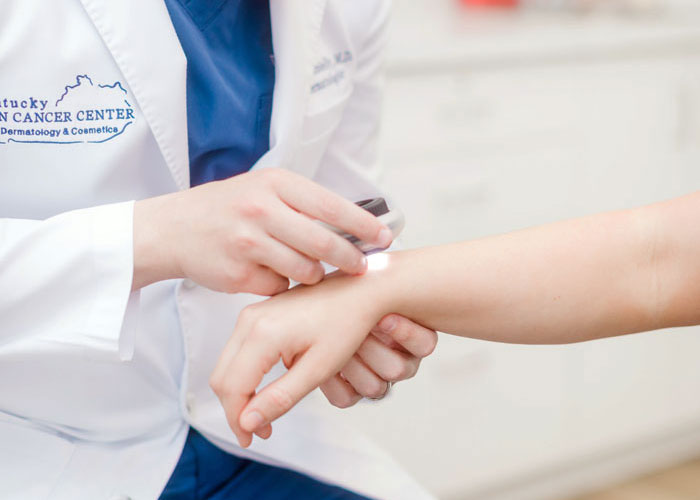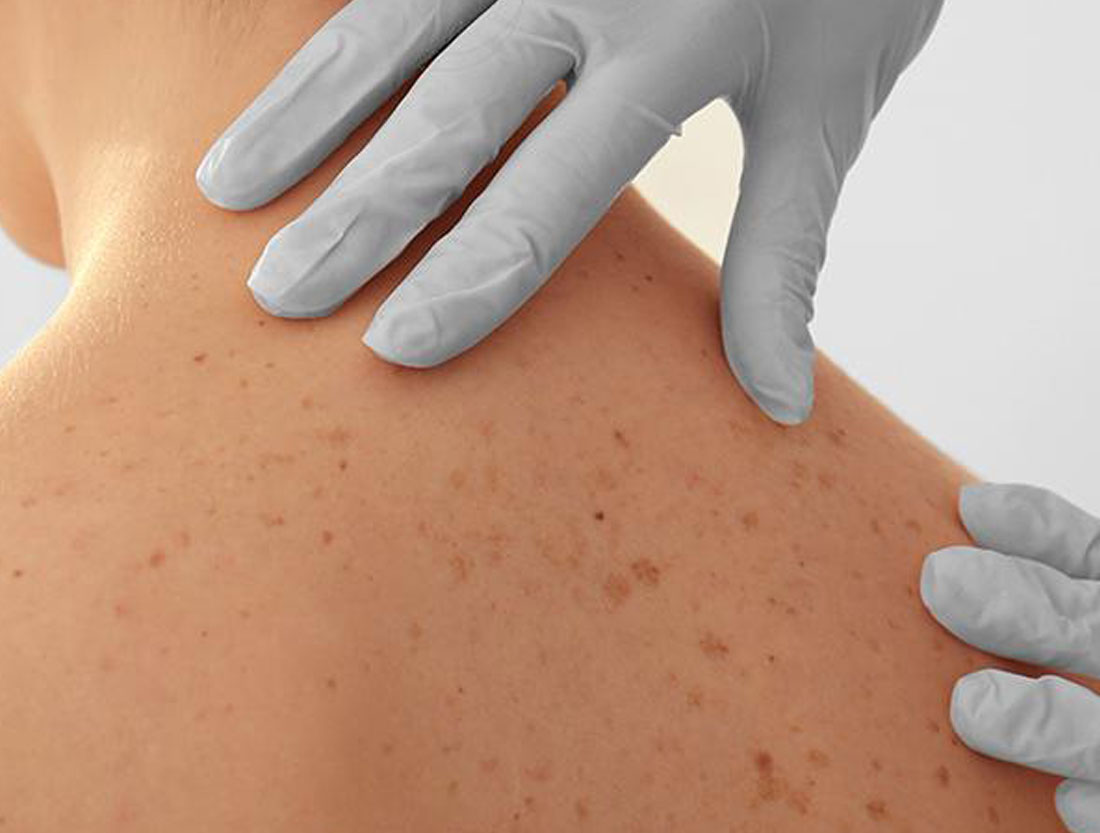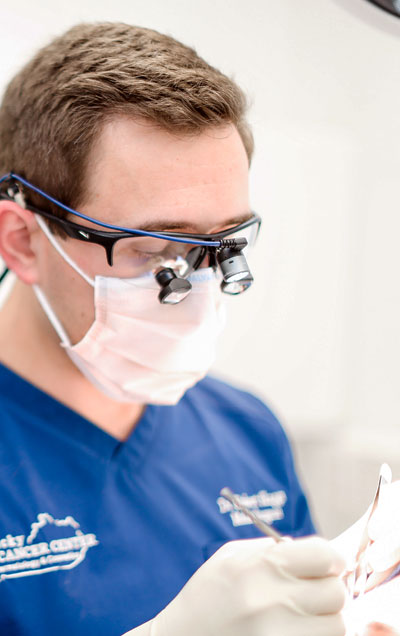When skin cancer is discovered and treated early, there’s a 99% survival rate, so skin cancer screening is a vital part of cancer prevention. Respected dermatologist Robert Skaggs, MD, FAAD, encourages patients to do regular self screenings at home, in addition to comprehensive skin cancer screenings at the Kentucky Skin Cancer Center in Bowling Green, Owensboro, or Franklin, Kentucky, on a regular basis. Book your appointment online or by calling your nearest office now.


A self exam involves every part of your body, including areas that you might not normally think about like your scalp. Check all of the following areas carefully.
Moles can sometimes grow in out-of-the-way areas, so it’s important to be thorough in your exam. If you notice a new mole, any type of change in a mole you already had, or anything else unusual in terms of skin growths, it’s vital that you see Dr. Skaggs as soon as possible.


A member of the Kentucky Skin Cancer Center team will tell you how to prepare ahead of your skin cancer screening. Usually, this includes:
Another important part of skin cancer screening involves head-to-toe self exams at home, once a month. When you discover new moles or changing moles, it’s important to make note of them and show them to Dr. Skaggs as soon as possible.
If Dr. Skaggs finds a cancerous or potentially cancerous mole or other skin growth during your skin cancer screening, he can take immediate action to protect you.
Dr. Skaggs is a skin cancer removal expert who specializes in minimally invasive removal of cancerous moles and other skin growths, including precancerous growths.
Dr. Skaggs can remove cancerous growths on-site at the Kentucky Skin Cancer Center. Treatments are done with minimal pain, thanks to local anesthesia, and there is rarely any downtime after skin cancer removal.
Get a skin cancer screening from an expert at the Kentucky Skin Cancer Center now. Call the location nearest you for an appointment today.

The Skin Cancer Foundation recommends yearly professional skin exams or more often if you’re at risk for skin cancer. Dr. Skaggs will recommend a skin cancer screening frequency for you, based on your current situation and health history.
A self exam involves every part of your body, including areas that you might not normally think about like your scalp. Check all of the following areas carefully.
Moles can sometimes grow in out-of-the-way areas, so it’s important to be thorough in your exam. If you notice a new mole, any type of change in a mole you already had, or anything else unusual in terms of skin growths, it’s vital that you see Dr. Skaggs as soon as possible.
A member of the Kentucky Skin Cancer Center team will tell you how to prepare ahead of your skin cancer screening. Usually, this includes:
Another important part of skin cancer screening involves head-to-toe self exams at home, once a month. When you discover new moles or changing moles, it’s important to make note of them and show them to Dr. Skaggs as soon as possible.
If Dr. Skaggs finds a cancerous or potentially cancerous mole or other skin growth during your skin cancer screening, he can take immediate action to protect you.
Dr. Skaggs is a skin cancer removal expert who specializes in minimally invasive removal of cancerous moles and other skin growths, including precancerous growths.
Dr. Skaggs can remove cancerous growths on-site at the Kentucky Skin Cancer Center. Treatments are done with minimal pain, thanks to local anesthesia, and there is rarely any downtime after skin cancer removal.
Get a skin cancer screening from an expert at the Kentucky Skin Cancer Center now. Call the location nearest you for an appointment today.
Related Services
Your Trusted Skin Cancer Experts
Ask our team today how we can help you have the healthy skin you deserve!
The Kentucky Skin Cancer Center is a comprehensive dermatology practice offering the best in surgical dermatology, general dermatology, pediatric dermatology, and cosmetic dermatology.